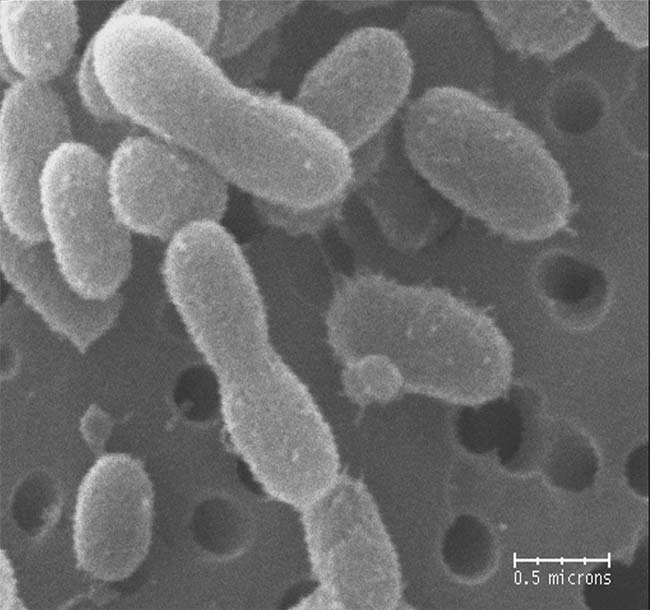Origin of Sex Pinned Down

We all came from hermaphrodites, organisms with both male and female reproductive organs. And though the origin traces back more than 100 million years, biologists have scratched their heads over how and why the separate male and female sexes evolved.
Now, research on wild strawberry plants is providing evidence for such a transition and the emergence of sex, at least in plants. And the results, which are detailed in the December issue of the journal Heredity, likely apply to animals like us, the researchers say.
The study showed that two genes located at different spots on a chromosome can cast strawberry offspring as a single sex, a hermaphrodite or a neuter (neither male nor female, and essentially sterile). The researchers suspect the two genes could be responsible for one of the earliest stages of the transition from asexual to sexual beings.
"All of the animals and plants that are bi-sexual, or have two sexes, are theorized to have evolved according to a particular set of steps," said researcher Kim Lewers, a plant geneticist at the USDA's Genetic Improvement of Fruits and Vegetables Lab in Maryland. "Until now, no example had been found of the very earliest steps. Therefore, those steps were undemonstrated to be true."
She added, "Finding this example of the very earliest stage allowed us to say the theory is probably right."
Sex chromosomes, which are the cellular basis for the male and female sexes, for placental mammals (a group that includes humans) and marsupials likely originated between 166 million and 145 million years ago.
Flowering plants (plants equipped with reproductive organs) weren't around until about 140 million to 180 million years ago. "Within flowering plants, separate sexes is thought to have evolved from hermaphroditism independently and repeatedly among lineages," said researcher Rachel Spigler, a postdoctoral student at the University of Pittsburgh, "so there is no one specific date for the evolution of sex chromosomes in plants."
Sign up for the Live Science daily newsletter now
Get the world’s most fascinating discoveries delivered straight to your inbox.
Lewers, Spigler and their colleagues spotted the genetic mutation in a wild strawberry species, Fragaria virginiana, in which the evolution of separate sexes is not complete. So in addition to male and female strawberry plants, there are also some hermaphrodites and neutered individuals.
Through lab work, including genetic mapping, the researchers figured out how the wacky mix of sexes, or no-sexes, worked.
The plants each have two proto-sex chromosomes. Two spots on each proto-sex chromosome contain sex-determining genes, one that controls sterility and fertility in males and another that does the same in females.
Offspring that inherit both fertility versions are hemaphrodites and can self-breed, while plants that inherit one fertility and one sterility version become either male or female. (A female would result from a sterile male and fertile female combination of genes.) Those that get both sterility versions of the genes are considered neuters and can't reproduce, so they ultimately die out.
While the two sex-determining genes are close to one another on the proto-sex chromosomes, the researchers say they are not completely linked. That's why the strawberry offspring can get such a wild mix of the genes.
On our sex chromosomes, for instance, this mixing and matching is not possible (or at least very rare), because the female chromosome is one unit and so is the male sex chromosome.
- Top 10 Aphrodisiacs
- The Sex Quiz: Myths, Taboo and Bizarre Facts
- Video - All About Birth Control
Jeanna Bryner is managing editor of Scientific American. Previously she was editor in chief of Live Science and, prior to that, an editor at Scholastic's Science World magazine. Bryner has an English degree from Salisbury University, a master's degree in biogeochemistry and environmental sciences from the University of Maryland and a graduate science journalism degree from New York University. She has worked as a biologist in Florida, where she monitored wetlands and did field surveys for endangered species, including the gorgeous Florida Scrub Jay. She also received an ocean sciences journalism fellowship from the Woods Hole Oceanographic Institution. She is a firm believer that science is for everyone and that just about everything can be viewed through the lens of science.









